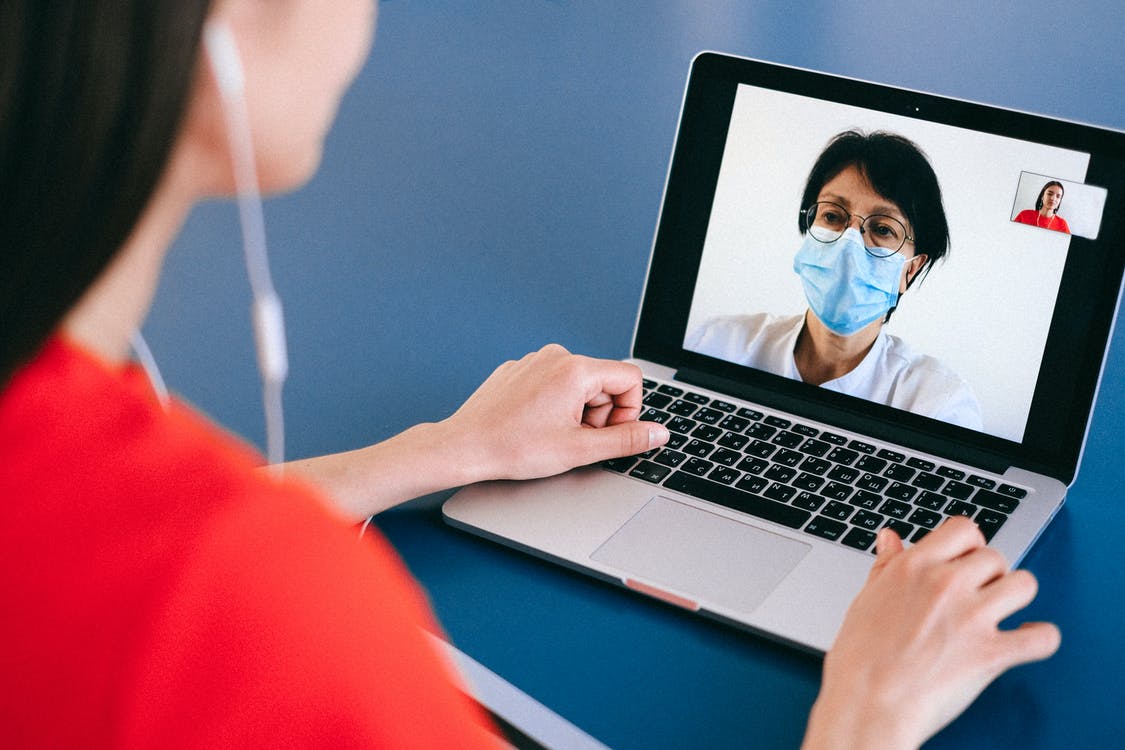
While the infrastructure for telemedicine has been available since the mid-1990's, its universal usage remained mostly underutilised prior to 2020. It is only in the last twenty months or so that the remote patient monitoring sector has accelerated at such an astounding pace that few in the healthcare industry could have ever visualised.
As we enter 2022, it is very important to be mindful of what to expect of the trends which will drive healthcare technology in the coming months and years. Most likely, anyone who has considered online therapy in the US would have heard of Talkspace and BetterHelp as the two best online therapy sites which offer online access to accredited therapists for treating a wide range of mental health issues.
In spite of their heightened popularity, instances have been reported that these two platforms have serious issues about the services they offer, especially with regards to their policy about regulation and privacy. Ethical issues have been raised with the platforms sharing the client's data on Facebook and Snapchat resulted in their profiteering by sending vulnerable clients to a shady counseling site.
It is estimated that nearly 800 million people all over the world, or approximately 11% of the global population, are living with some kind of mental health condition or another. The potential market for digital mental health apps is therefore considerable.
The stage, therefore, is perfectly right for the psychologists to help give a better shape to this burgeoning sector. The path for 2022 and beyond for health technology should be the one with improved patient outcomes, lesser medical costs and enhanced care efficiency through a number of technological interventions which will alter the healthcare landscape phenomenally.
Remote Patient Monitoring (RPM).
This concept has gained popularity during and even after the Covid-19 pandemic when movement restrictions came into force following social distancing norms. Today, RPM has become the driving force for treatment for healthcare patients, and it can do wonders to revolutionize the online therapy industry as well.
New array of medical devices such as, blood pressure cuffs, implantables, sensors and many others are available which can allow the therapist to access the patient's data in real time for better treatment.
The recovery process for patients is further expedited as the doctor can constantly monitor the patient's vital data and act on it, thereby reducing frequent visits to clinics. This in turn reduces costs, time and provides high quality healthcare without having to meet the patient personally.
Digital Therapeutics will rewrite the future
Germany has not only proved itself to be a pioneer in digital therapeutics innovation by covering nearly 73 million of its citizens under healthcare, it has inspired it's neighbours France and Belgium to do likewise.
High quality software programs are able to deliver medical assistance and evidence based therapeutic interventions directly to the patient’s device. This in turn allows the physician to make a proper assessment for a cure to the patients problem by continuously keeping a watch of the digital data.
Other leverages
Over time, Artificial Intelligence (AI), Telemedicine, Automation, e-RX and cloud computation will continue to gain leverage as the health sector evolves. The more and more integration of these novel new-age technologies will help in redrawing the landscape of the healthcare sector.
In turn, these emerging trends will lead to accelerated digital transformation which will pave the path for healthcare professionals for enhanced care management and improved patient outcomes.
The Need of the hour for online therapy platforms
Before we even try and consider what lies ahead in 2022, it is important for telehealth providers to comply with the HIPAA regulations. Though restrictions were lowered during the peak of the pandemic, care providers should ensure that the data they use to communicate with the patients is secure and they are certified to safeguard the private health information of their clients.
While storing data in cloud storage services is deemed secure, it may not be fully compliant with government regulations on protected health data. Therefore, the need to use HIPAA compliant cloud hosting solutions are critical to maintain efficient healthcare records.
To adhere to these strict privacy requirements, a more dedicated solution is asked for from the telehealth sector. According to findings of HealthITSecurity.com, more than 550 organizations suffered significant breaches of data that affected more than 40 million users.
Evolution of remote care
An important requirement for any telemedicine app is WebRTC, which connects mobile applications and web browsers using an open source API based technology. This is especially helpful when teleconferencing is needed.
Some healthcare providers have been able to incorporate software like Zoom, Facetime and Skype to get in touch with patients that may not totally comply with the government regulations. Despite the Department of Health of the United States announcing a relaxation in enforcement of these policies, it is important not to rely on that discretion alone.
Once the pandemic starts to subside, the enforcement will be back in place, so why not stay clear of hefty fines and stay ahead of the pack in future.
The pandemic has taught us how fast telemedicine can change, but for it to succeed fully it will need to engage patients easily and frequently, especially those with chronic ailments.
This is where only those companies will be able to gain a strong foothold if their patients can access cost-effective treatment for cardiovascular diseases and other chronic ailments.
Telehealth will build rapidly, once patients even in the remotest of areas can get instant access to say, a cardiologist, without having to move far away from the home.
Overall it is expected that telehealth players will be able to build on their offerings in 2022, especially those offering care across the chronic treatment landscape.